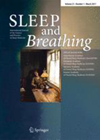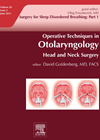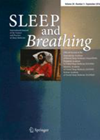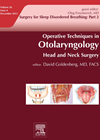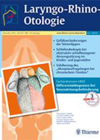
Journal Reviews
The sleep nasendoscopy learning curve
There seems to be no accepted way of surgically assessing patients with sleep disordered breathing (SDB). Because of this, clinicians fall roughly into three camps: those who just use one operation for all patients, those who have given up surgery...
Describing the most useful OSA assessment?
This article sets out to comprehensibly describe drug induced sleep endoscopy and its role in determining the level of obstruction in patients with OSA. The advantages described include the fact that other techniques, including Muller’s manoeuvre, have significant variation in...
Surgical options for children with OSA
This paper looks at the surgical management of OSA in children and approaches the method of patient selection initially. They discuss the role of polysomnography in that it is part of the AAOHNS criteria in those patients with OSA symptoms...
Variations in obstructive level with increasing depth of sedation in DISE
This study highlights some of the controversies surrounding DISE (Drug Induced Sedation Endoscopy, or otherwise known as sleep nasendoscopy in the UK). On one hand it provides some evidence that the BIS (BiSpectral Index), recordings of patients while they are...
Surgery for hypopharyngeal obstruction causing OSA
Surgical treatments for OSA are evolving with improved diagnostic accuracy of the level(s) involved. Where the collapsing segment lies below the soft palate, a variety of surgical techniques to correct the affected segment(s) are emerging. This article concentrates on one...
The Impact of sleep endoscopy for paediatric obstructive sleep-disordered breathing
Paediatric obstructive sleep apnoea (OSA) is not always resolved or improved with adenotonsillectomy. Persistent or complex cases of paediatric OSA may be due to sites of obstruction in the airway other than the tonsils and adenoids. Investigation of paediatric obstructive...

